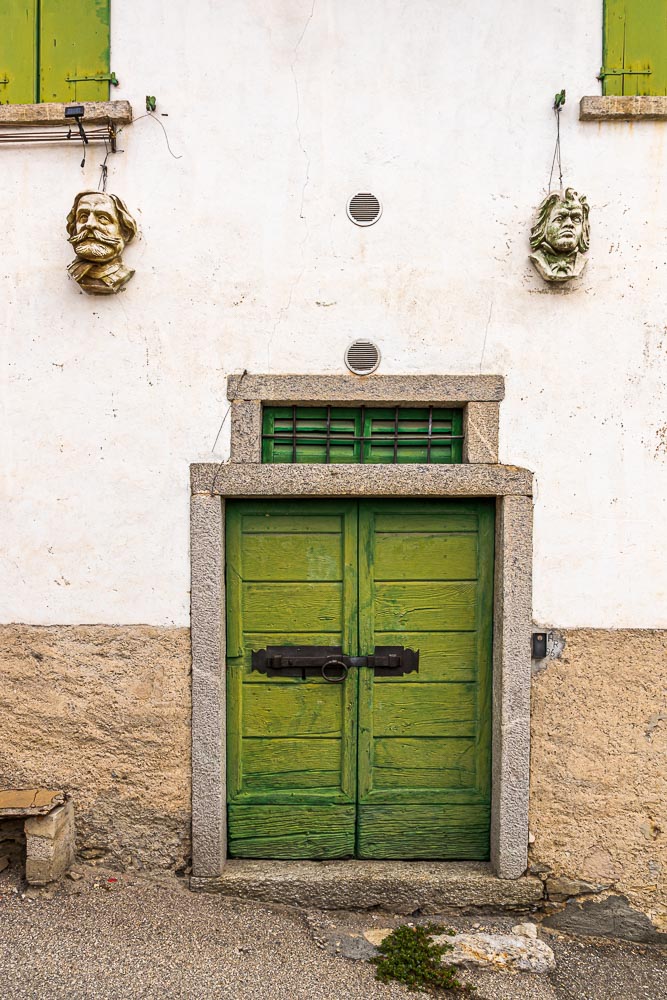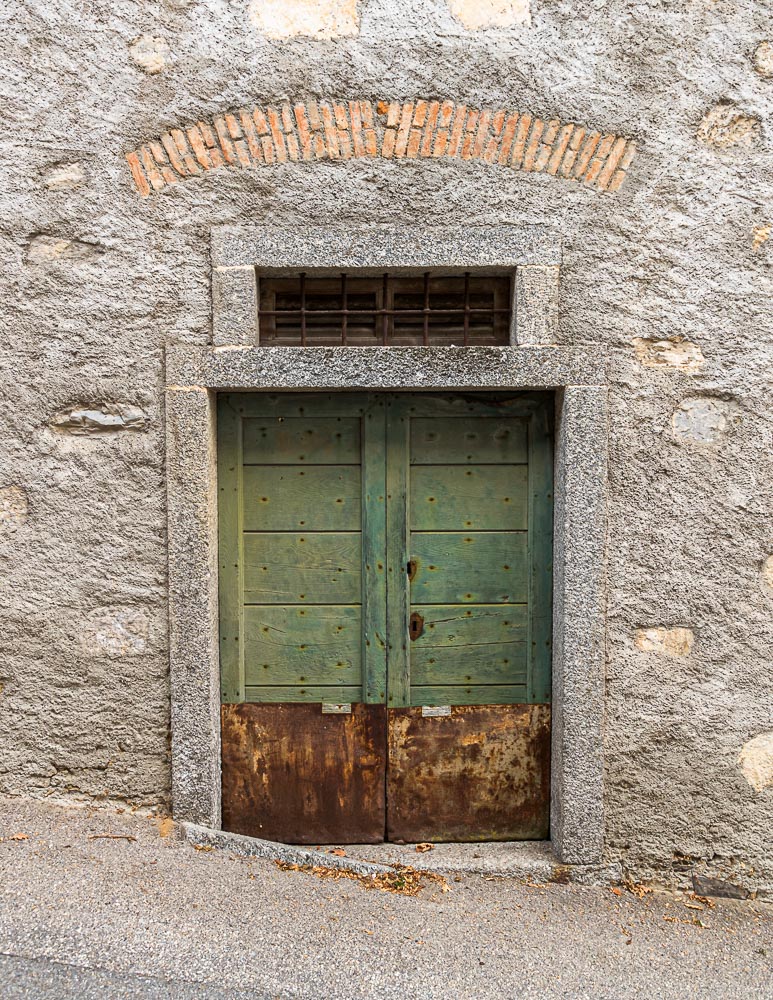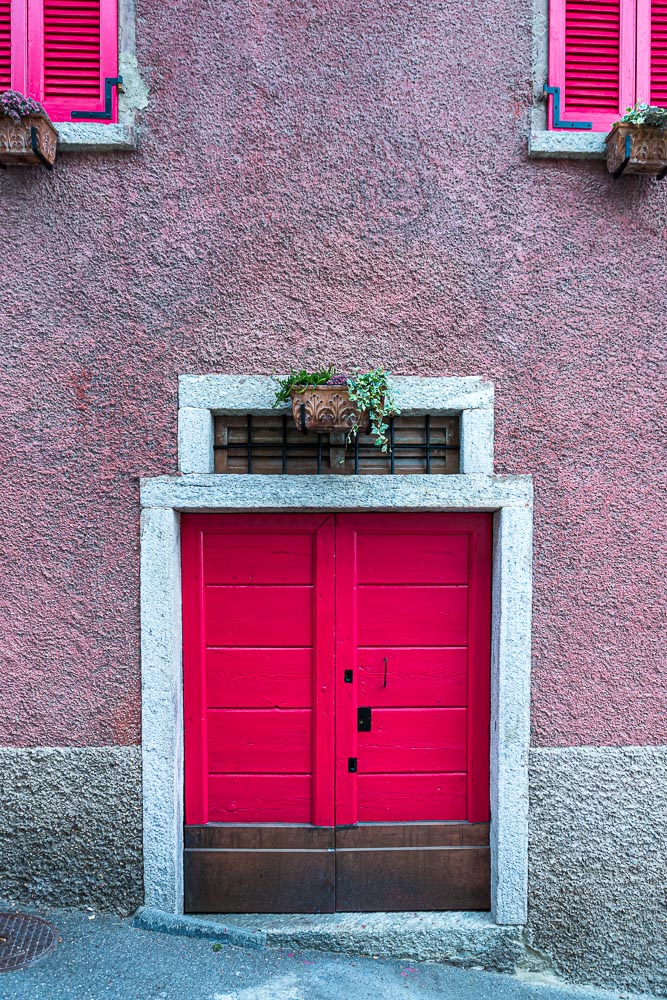In the southernmost tip of Switzerland in the canton of Ticino lies the Valle di Muggio, a dreamy valley at the foot of Monte Generoso. Traditions are cultivated in the small villages. Zincarlin, a cone-shaped raw milk cheese, is a culinary specialty found only in the Valle di Muggio.
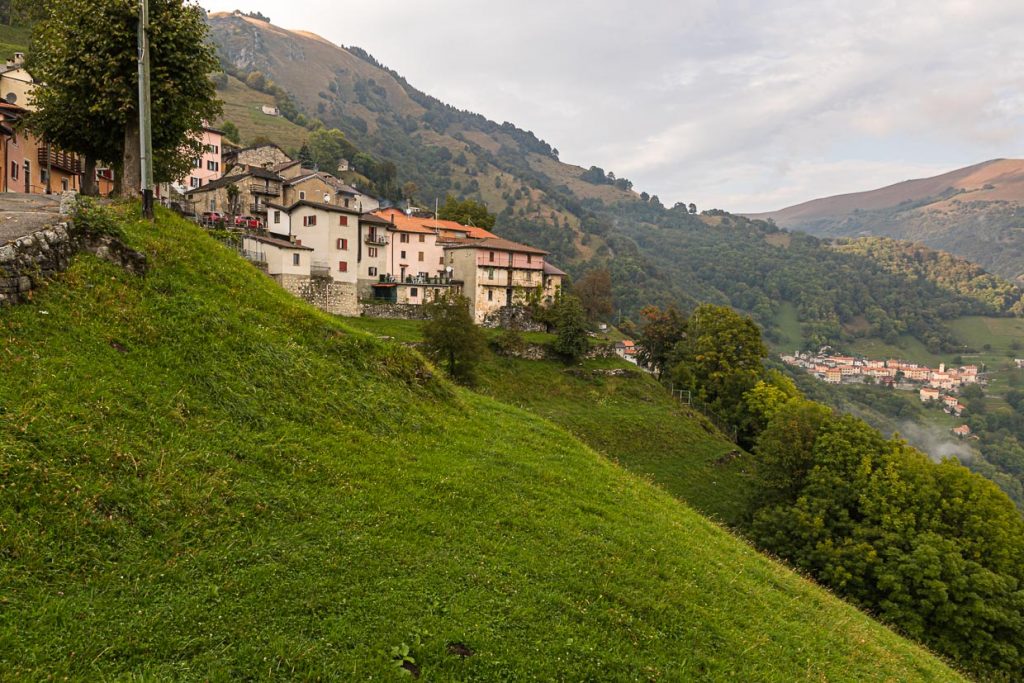
Chestnuts, cheese and cantine
The pleasing hilly landscape in the Valle di Muggio is also often compared to Tuscany. The centuries-old cultural landscape characterized by chestnut forests and meadows for cattle breeding has already earned the secluded mountain valley the Swiss title of Landscape of the Year. Like a string of pearls, the villages line the wooded flanks of the valley, the road winds its way north until the narrow valley rises steeply at Muggio, at the end of which tiny paths lead up to Monte Generoso.
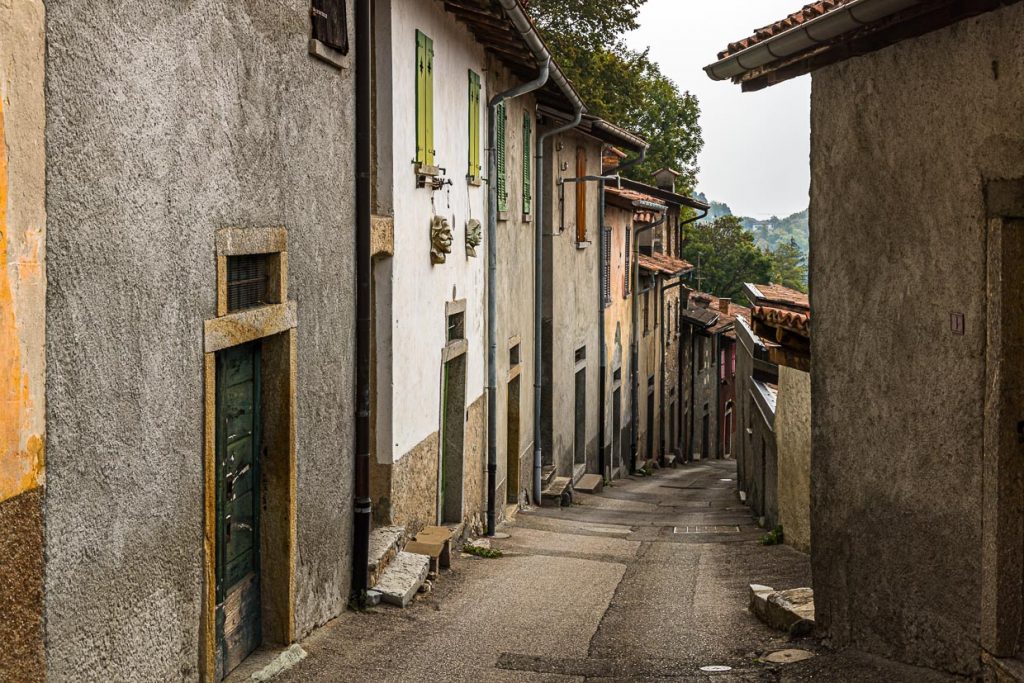
The Via Cantine de Salorino
The Via Cantine, the street of cantinas in the small town of Salorino is not a colorful street food mile where all kinds of delicacies of the region are advertised. Cantine here at the foot of Monte Generoso refers to a refrigerator without electricity, a rock cellar, a natural cellar, a room where people have always stored their supplies and perishable goods.
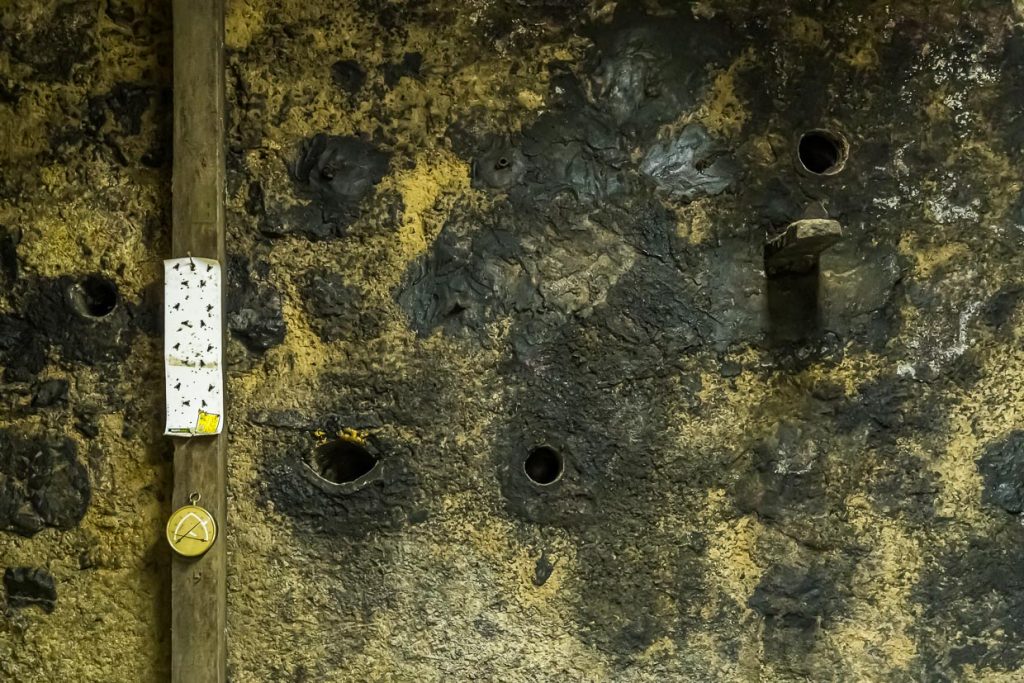
Here in Salorino, these cold storage rooms form an entire street. Most of them are unused today. But just one street down in the town on Via Stradone in the cantine of Marialuce Valtulini, the special climate and cool air from the rock of Monte Generoso is used as a ripening room for a small cone-shaped raw milk cheese.
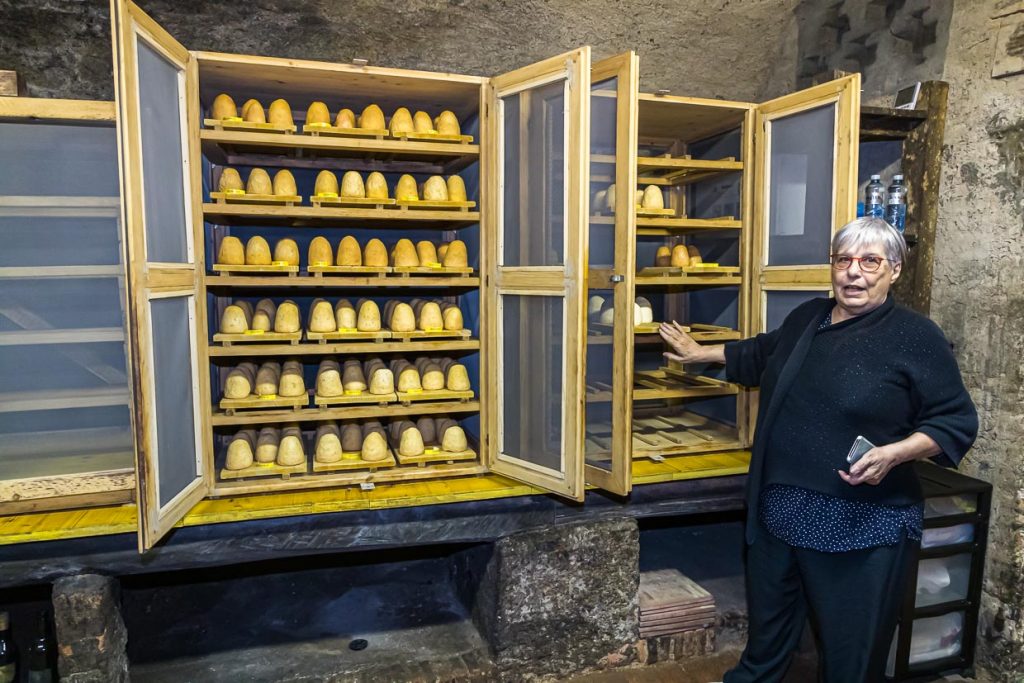
Zincarlin – Ticino Slow Food from the Valle di Muggio
The fresh cheese, which many families in the valley still produced according to their own recipe in the 19th century, has been offered commercially again since 2004. In 2001, at the annual chestnut festival in the Muggio Valley, the president of Slow Food Ticino stopped by, tasted the small cone-shaped cheese with its intense flavor, and found the cheese and its history worthy of becoming part of the Slow Food family. Before this happened, however, there were long discussions about what should be the right cheese mass for the real Zincarlin. To put an end to the discussions between Slow Food Ticino and the municipality, Marialuce tells us, her mother was asked to make the decision. So they brought her different types of cheese curd and she, who had known Zincarlin for generations from her own family life, decided on the future starting point for the Zincarlin with Slow Food label.
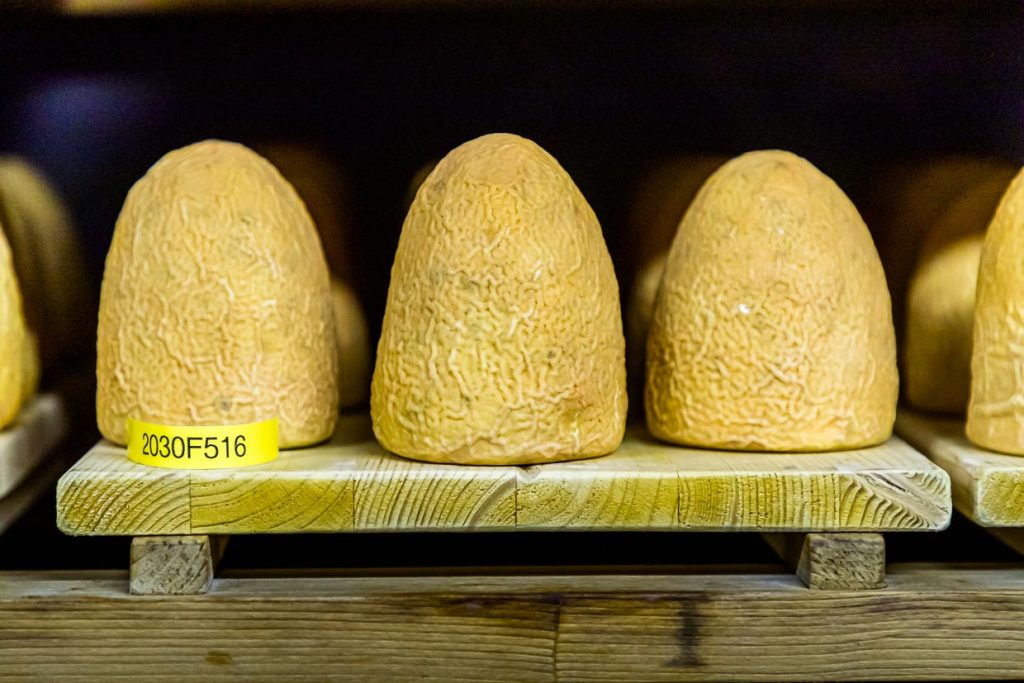
Zincarlin – 60 days rock climate
Marialuce Valtulini is one of the few women in the valley who once again takes care of the production and marketing of Zincarlin. She knows the cheese from her own family tradition. She remembers that her grandmother and later her mother made the cheese for the family. This raw milk cheese, made only in the Muggio Valley on the Swiss side of Monte Generoso, is made from cow’s milk from cows in the surrounding Alps. She has the curd delivered once a week by a local farmer and then begins refining it into the traditional Zincarlin.
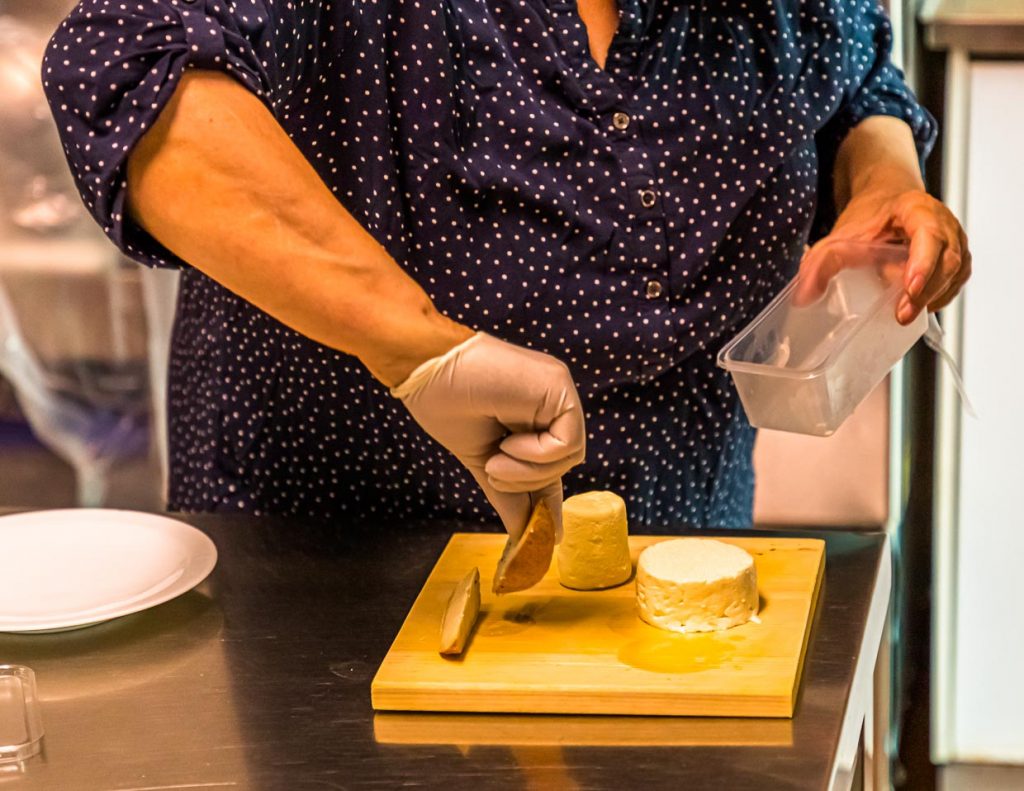
In Marialuce’s kitchen, it smells like fresh cheese. She introduces us to the different ripening stages of Zincarlin. The flat cheese is the youngest and ripens in a mold for only one day. It is sold in the markets as fresh cheese, tasting mild and reminiscent of ricotta. The cone-shaped fresh cheese is just 48 hours old and has literally potentiated its flavor overnight. Now begins the real task of cheese refiner Marialuce. She adds salt and pepper to the fresh cheese for better preservation. The hand-formed cheese cones now go to the natural cellar for aging. The cool air of Monte Generoso and the regular rubbing with white wine and salt ensure controlled fermentation and flavor transformation. Almost every other day the cheese cones are cared for and after two months they are ready for sale.
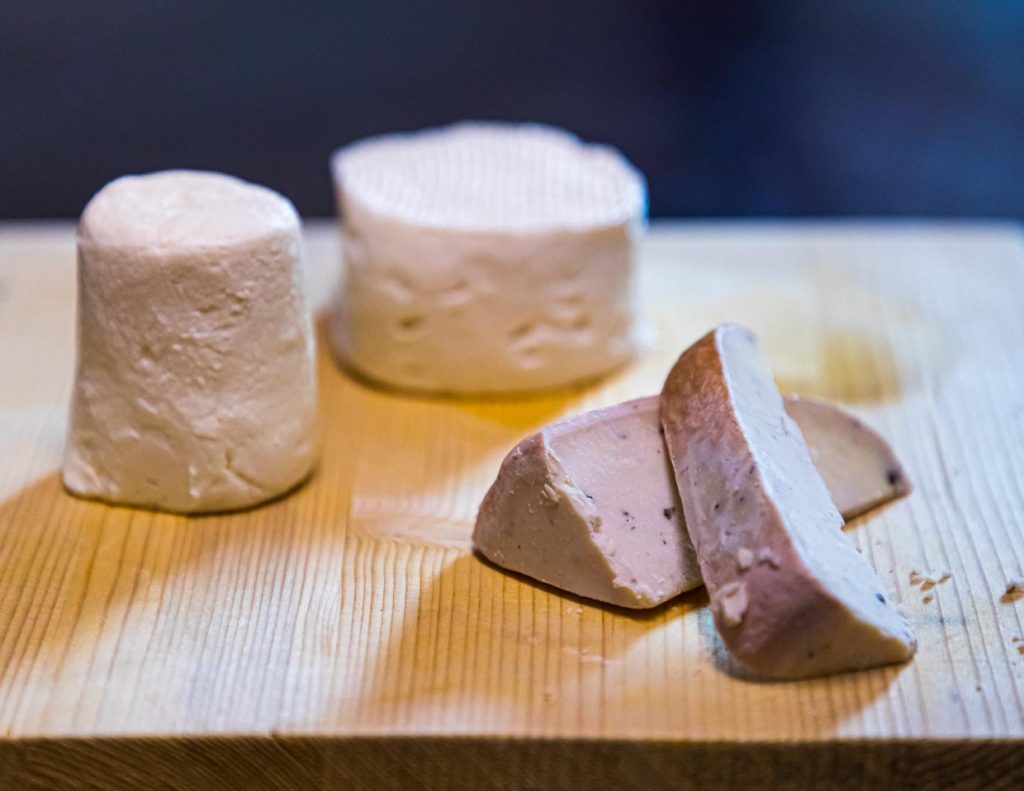
Tradition and Innvoation. From Zincarlin to Gincarlin
The chestnut festival in Valle di Muggio seems to be a small culinary think tank. In 2016, some 15 years after the revival of Zincarlin, four young men from the valley present their home-distilled gin. Of course, the ingredients come from the valley. Marialuce lets herself be seduced and tastes the gin. She doesn’t tell us how much gin was drunk until the idea came up to test wash the Zincarlin with the valley’s new spirit. The result is amazing. The Gincarlin is much smoother and does not taste as harsh as the Zincarlin. The gin affects the fermentation and keeps the microorganisms in check differently. The Gincarlin has established itself as a byproduct.
But whether you taste Zincarlin or Gincarlin. Before eating, the cheese should stand at room temperature for ten minutes. It tastes particularly good in combination with chestnut honey – also from the Muggio Valley, of course.
Entrance doors of some traditional cantinas in Salorino. Today, only a few of them are still used as cold storage / © Photo: Georg Berg
In Ticino, you don’t eat at the grotto in the cantine!
To initial confusion lead the terms grotto and cantine. The Grotto is a restaurant with a regional menu and a pleasant room temperature. The Cantine, on the other hand, is as cold as a grotto. There is nothing to eat here. Here the food is only cooled and stored. In the grottos in the Valle di Muggio there are also dishes that use the Zincarlin. For example, the Grotto dei Tigli in Balerna serves a wonderful risotto with blueberries and zincarlin.
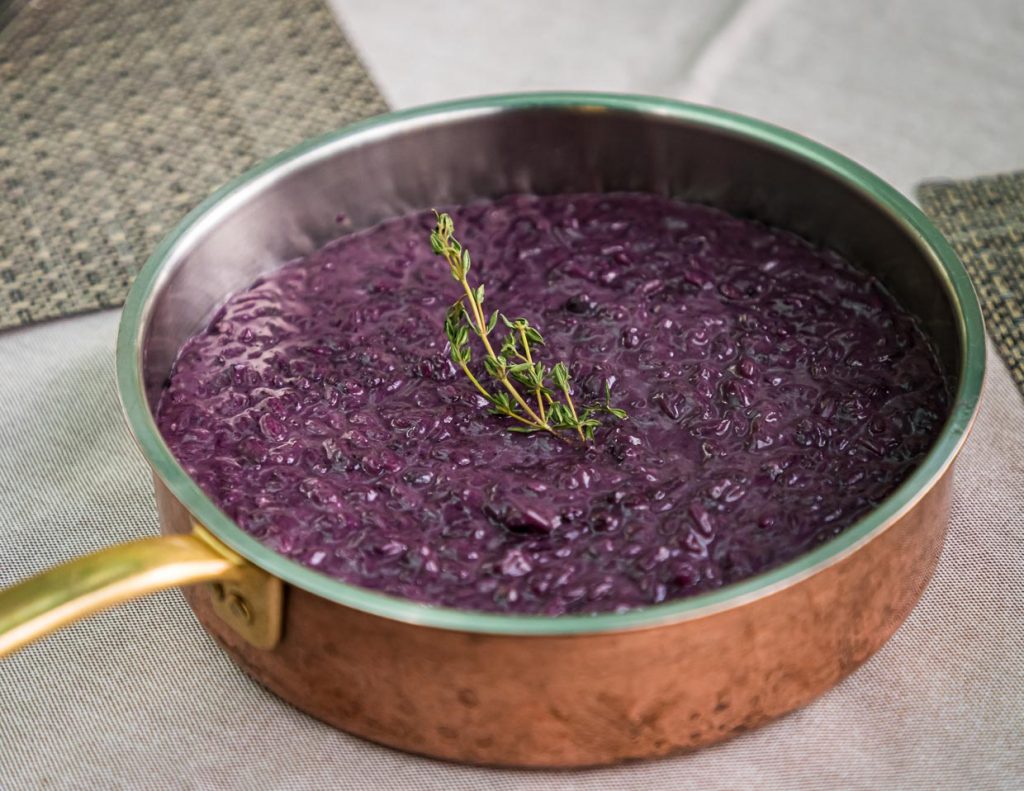
More stories from the Muggio Valley: click here to read the report about the fairytale valley in the southernmost tip of Switzerland.
The research trip was partly supported by Switzerland Tourism

